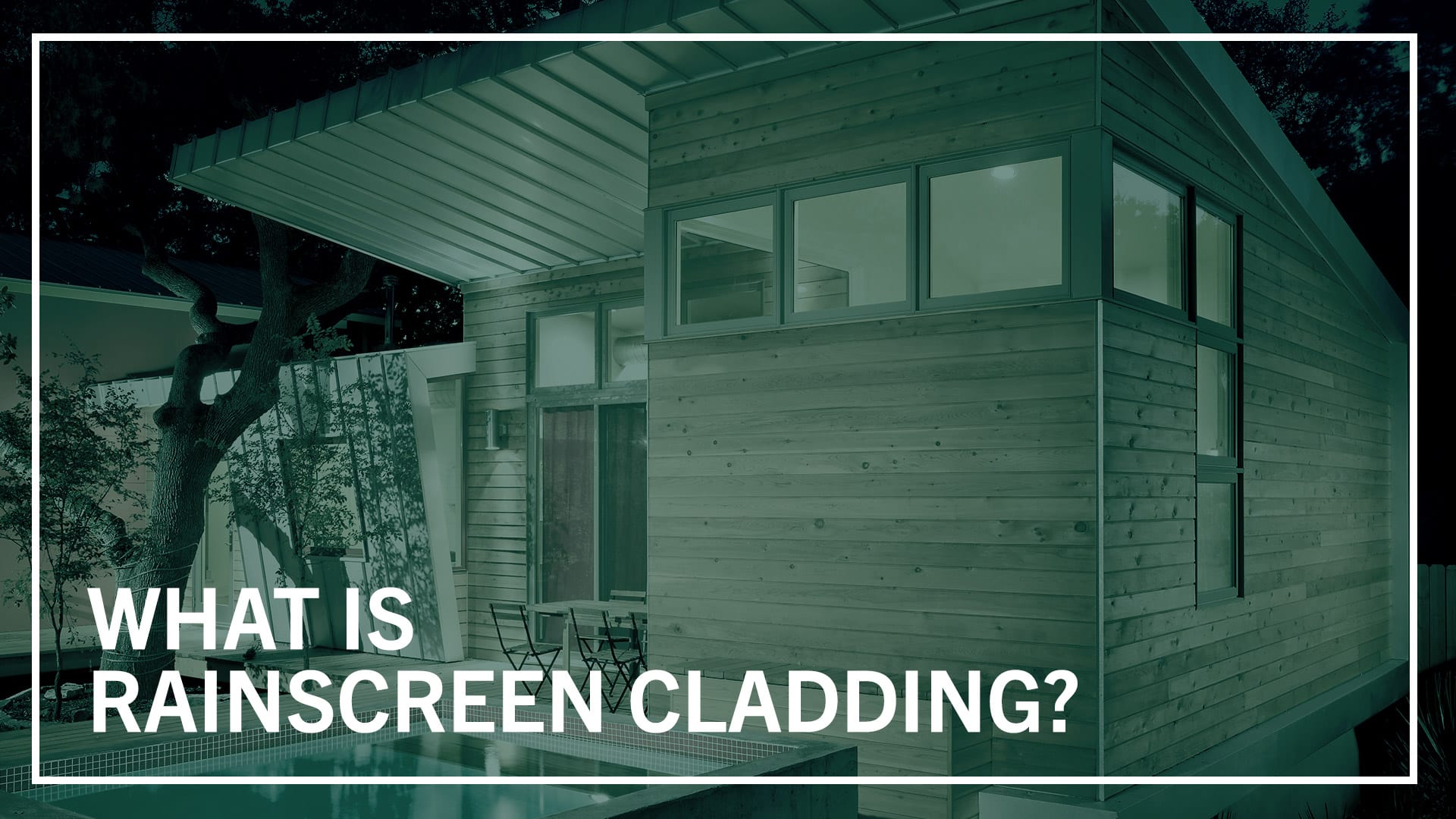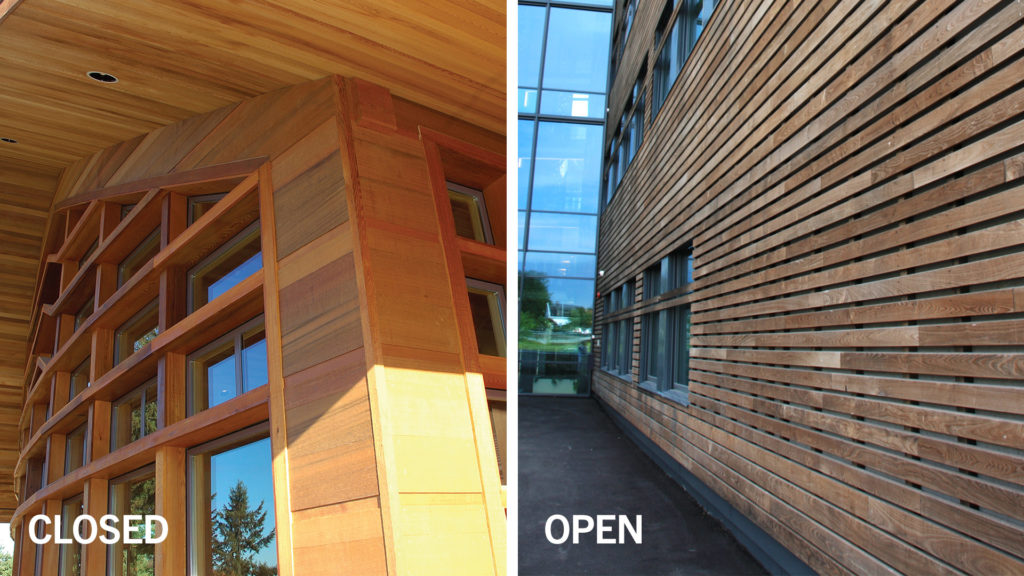What Is Rainscreen Cladding and Why Is It Important?


The word “rainscreen” has become a buzzword in the building materials industry. However, there are some misconceptions surrounding what a rainscreen system actually is, what it does, and why it’s so critical in a cladding installation.
Simply put, a rainscreen is a gap of air between cladding and the structure of the building. People often believe that the cladding itself can be a rainscreen system, but this is not the case – it’s the integration of the cladding with the air gap that creates the rainscreen.
Closed Versus Open
There are two major styles of rainscreen cladding systems – closed and open. Closed rainscreens are more popular in the Northeast. This kind of cladding system integrates with itself: one course of cladding leads into the subsequent course with no visible gap between courses.
Open rainscreens are just the opposite – there is a visible gap between courses of cladding where air and moisture can migrate through the building envelope freely. Both open and closed rainscreens are great cladding solutions – open rainscreens will obviously allow for more air to migrate, but well-constructed closed rainscreens can also do the job perfectly well.
Preventing Damage From Moisture
Regardless of the type of cladding used or how it is fastened, air and wind-driven rain will always penetrate through to the wall sheathing behind it to some degree. If cladding is applied traditionally, i.e. fastened directly to housewrap over sheathing, that moisture has no place to go than to build up in the wall cavity, ultimately enabling mold growth and rot. Further, the moisture will tend to re-migrate into the back side of the cladding itself, especially if the cladding is not well protected with back-side finishing. This can cause painted cladding to peel, crack and flake, can exacerbate checking and cracking in wood, lead to efflorescence in cement, and ultimately shorten the life cycle of the cladding itself.
 A good rainscreen prevents this exact circumstance. To create the rainscreen system, furring strips are commonly installed to create a vertical drainage plane and the cladding is fastened to the furring strips. Traditionally furring strips were made of wood, but today, there are also options available in plastic. These have the benefit of rot resistance and even multi-directional draining, which enables them to be installed horizontally for vertical cladding, while still getting great drainage.
A good rainscreen prevents this exact circumstance. To create the rainscreen system, furring strips are commonly installed to create a vertical drainage plane and the cladding is fastened to the furring strips. Traditionally furring strips were made of wood, but today, there are also options available in plastic. These have the benefit of rot resistance and even multi-directional draining, which enables them to be installed horizontally for vertical cladding, while still getting great drainage.
Another great alternative is a rainscreen clip system – the best clips in the market have a ¾” standoff which automatically creates the rainscreen without the use of furring strips. In any case, the goal is a more rot resistant wall assembly that enables drainage of wind-driven moisture and significantly enhances the life cycle of the cladding.

